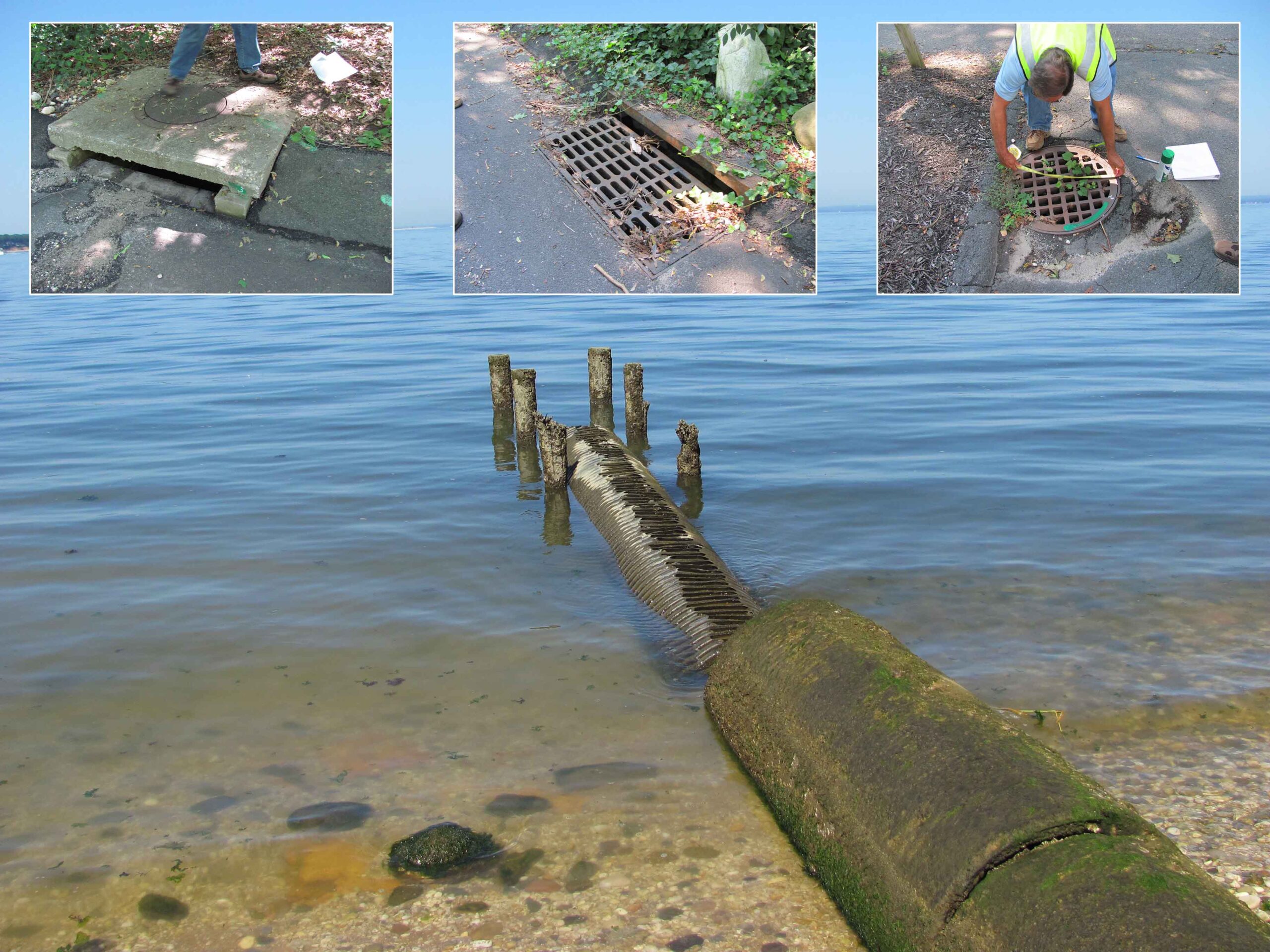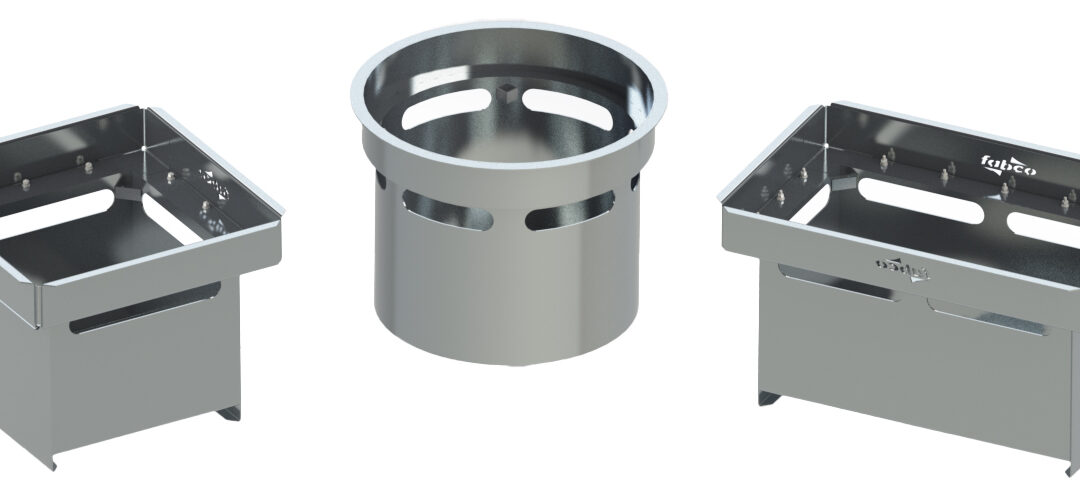An Overview of the Approaches to Preventing Stormwater Pollution
Stormwater best management practices (or BMPs) are the methods or systems used to fight stormwater pollution. When rainwater collects pollutants on the ground it creates stormwater runoff, which is the greatest contributor of stormwater pollution.
Stormwater BMPs can be classified as “structural” or “non-structural.”
What is a Non-Structural BMP?
Many best management practices don’t require any devices, or structures – this is where non-structural BMPs come in. Some amount of stormwater pollution problems can be addressed through prevention. No-structural BMPs are processes that stop or reduce pollution before it happens.
These include public service announcements to encourage pet owners to pick up pet waste or street sweeping programs that remove pollutants from the ground before they are washed into storm drains.
Non-structural BMPs also include land use planning that reduces stormwater volume and/or potential pollutants. For example, landscaping practices that reduce the use of fertilizers and pesticides are non-structural BMPs.
Non-structural BMPs can have a big impact on stormwater pollution from the start. Unfortunately, they cannot catch everything so they can only be part of the solution.


What is a Structural BMP?
Structural BMPs are engineered systems or solutions to treat stormwater pollution as it happens. There are a range of solutions that are designed to store, reduce and filter stormwater before discharging to our natural bodies of water.
We divide structural BMPs into two categories: “Green Infrastructure” and “Grey Infrastructure.”
Green Infrastructure
Green Infrastructure is a stormwater management strategy that protects, restores, or mimics the natural water cycle – basically using mother nature (e.g. plant life) to reduce stormwater pollution. It can be as simple as planting a row of trees along a street, however there are a couple of notable applications worth mentioning:

Bioswales and Rain Gardens
Bioswales are landscape features that collect stormwater runoff, soak it into the ground, and filter polluted stormwater (show pic). As opposed to a rain garden, bioswales are designed to convey or slow down rainwater through a (sometimes winding) stream. Rain gardens are typically designed in a bowl shape and meant to collect stormwater in one spot.
Biofiltration
Biofiltration uses the same natural elements to capture and filter stormwater, but through the use of engineered soils, can treat stormwater at higher flow rates. Providing both water storage and quality benefits, biofiltration is consistent with the Low Impact Development (LID) design approach.
Green Infrastructure can be effective and economical, but sometimes there is not enough open space to utilize it, especially in urban areas.

Grey Infrastructure
Urban areas and industrial facilities tend to have a lot of hardscape and concrete, making it difficult to employ green infrastructure BMPs like the ones previously discussed. Grey infrastructure encompasses manufactured products that can be installed directly into new development or retrofitted into new development or retrofitted into pre-existing structures or roadways.
There are many different kinds of manufactured or engineered solutions – we’ve highlighted some of the major ones below by treatment type.
Trash and Debris
Trash is probably the most visible contributor to stormwater pollution and the most common way to remove it from stormwater is to filter it at the source, in a curb inlet or inside the storm drain itself.
Many cities use something called an automatic retractable screen (or ARS) which is a perforated metal screen that prevents garbage from entering the storm sewer. These are used in combination with a street sweeping program to remove the waste/debris off the street.
Another popular strategy is a connector pipe screen (or CPS). A CPS is a screen that sits in front of the storm drain pipe preventing trash and debris from entering the system (see picture to right). Vactor trucks are used to periodically clean out the accumulated trash from the storm drain.
In some markets, a woven geotextile filter like Fabco’s StormSack is a popular choice to filter trash and debris from stormwater.
There are many regional differences in stormwater markets and regulations. Click here to see Fabco’s line of trash and debris products.
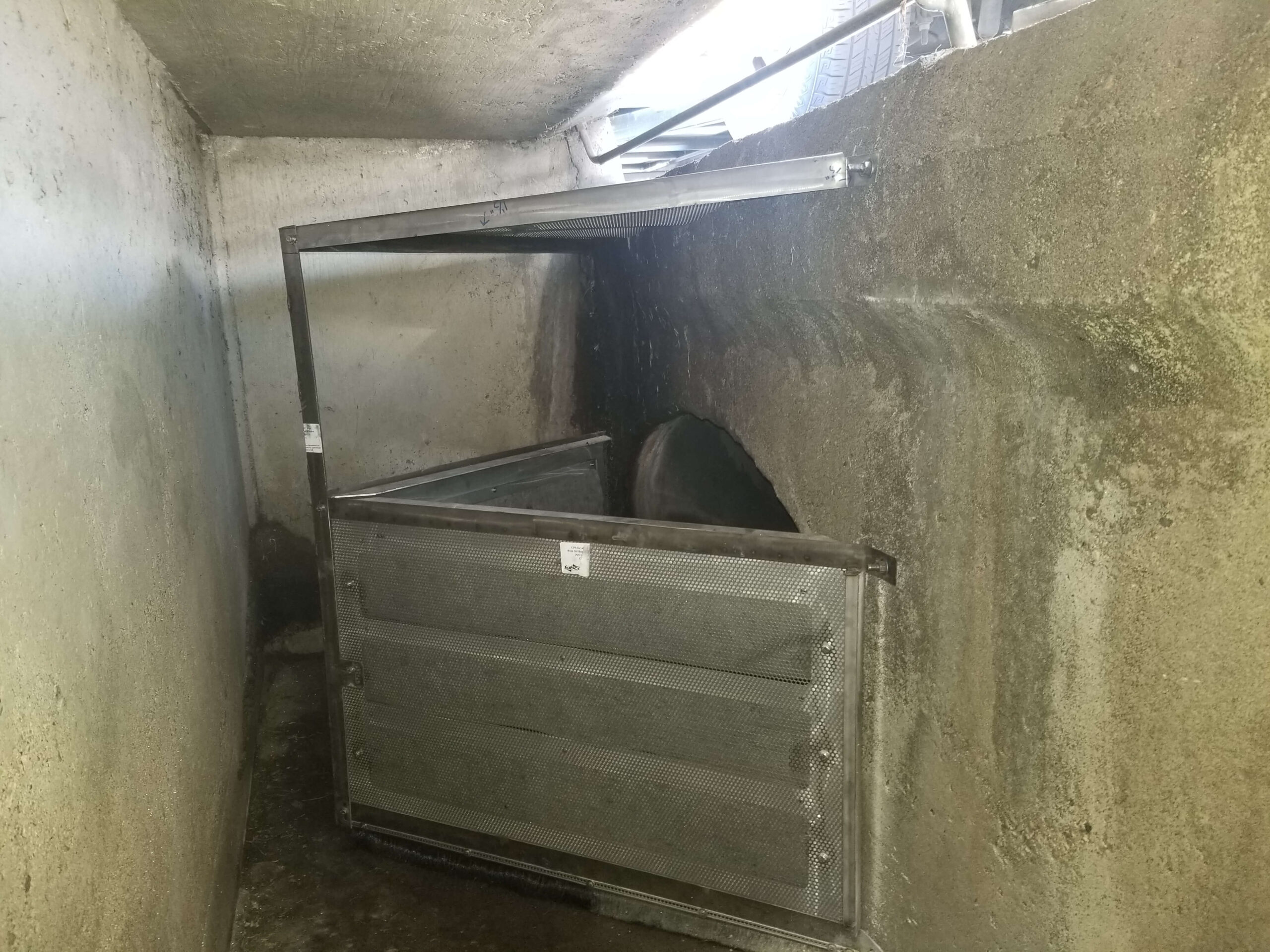
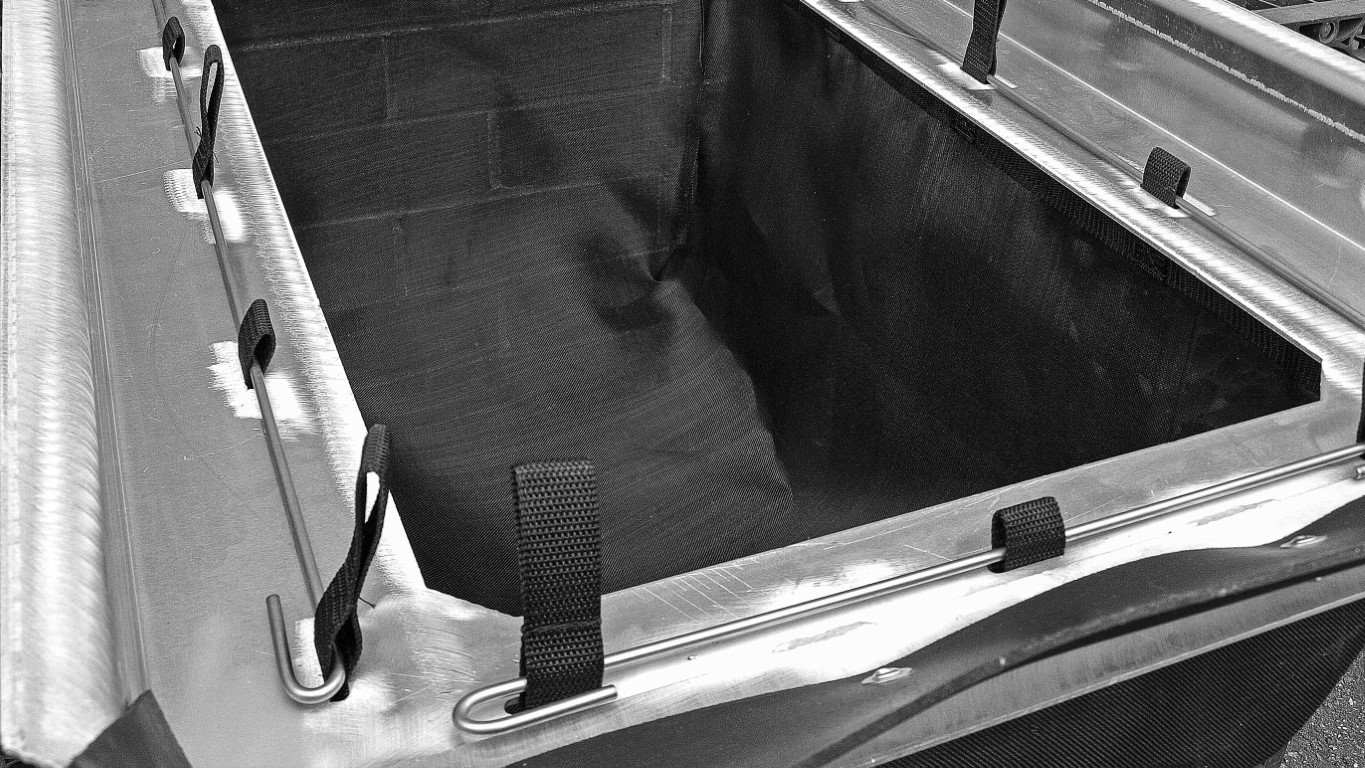
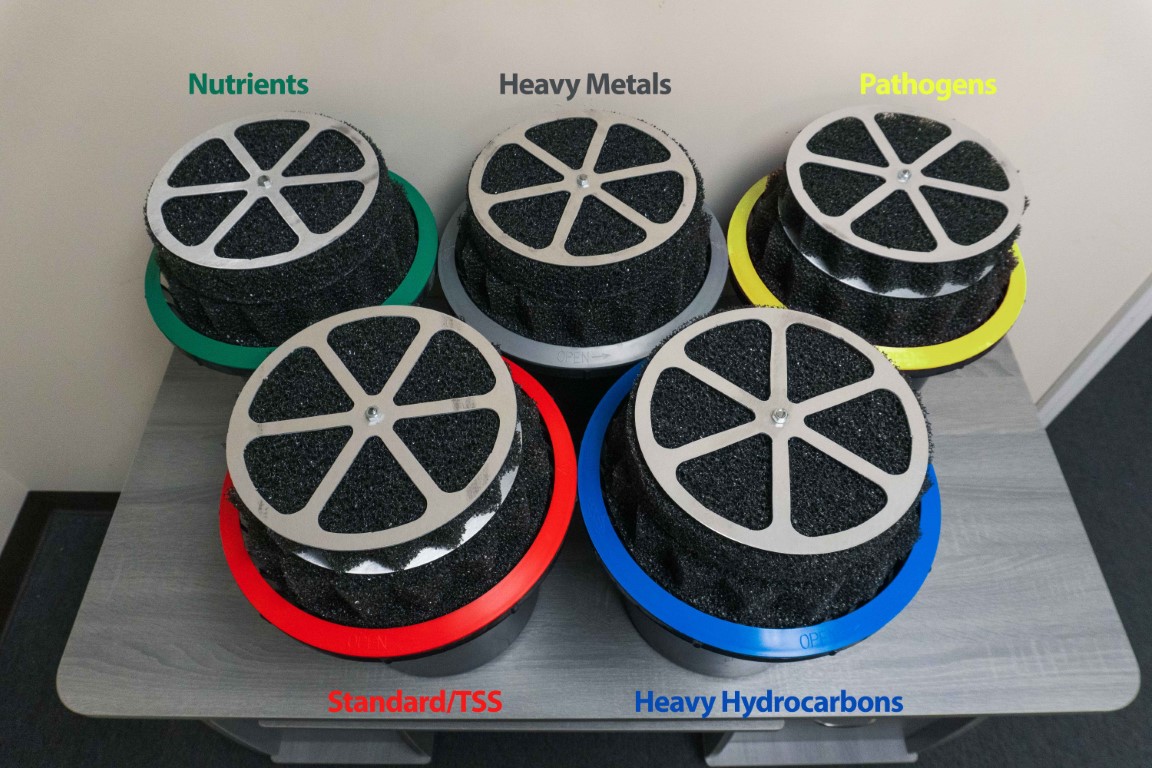
Water Quality Treatment
Stormwater regulations and enforcement are starting to move beyond trash and debris, and focus more on specific water quality issues such as: hydrocarbons, nutrients and heavy metals. Fabco’s filter cartridges are an effective solution for dealing with more specific, finer pollutants. The filter cartridges are formulated to target specific pollutant types, are easily replaced and can be deployed in various ways.
Fabco filter cartridges can be used in our StormBasin as a catch basin insert, or in a StormSafe vault as a centralized stormwater solution depending on the site needs. Click here to learn more about our filter cartridge solutions.
Bacteria
Bacteria is a special water quality issue that we want to highlight because there are not many BMPs that are able to specifically target it. E Coli and Enterococcus are increasingly present in urban runoff. Fabco is the only stormwater company that offers a bacteria BMP that is registered with the EPA.
Fabco makes a treated foam which can neutralize Bacteria on contact. It can be used in a cartridge or in our Helix filters for high volume applications (shown right). Click here to learn more about Fabco’s bacteria solutions.
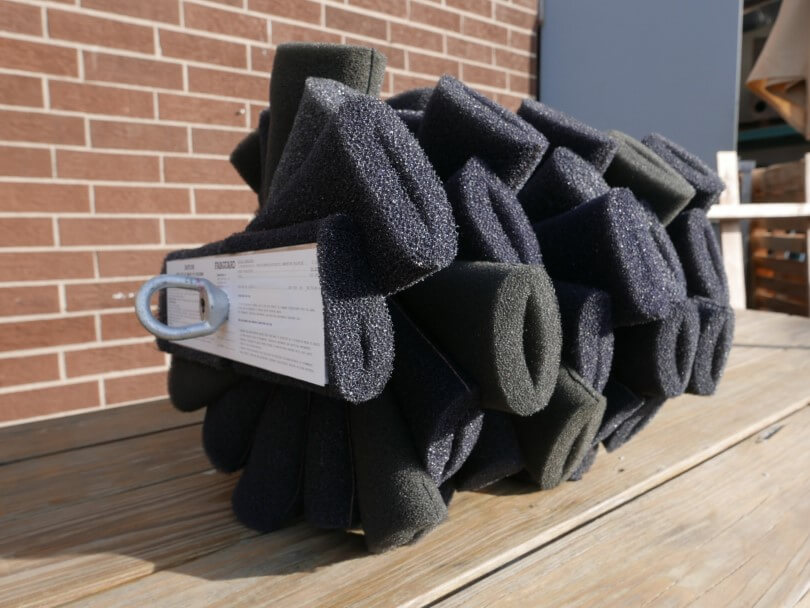
How Should I Select a BMP for my Project?
There are many criteria to consider when selecting the right BMP. Besides treatment type, design considerations, usable space, maintenance and cost need to be factored in. If you have questions about how to select the most effective BMP for your project, talk to a Fabco representative today!
Our range of cost-effective, durable products are designed to meet increasingly stringent pollution control regulations and best management practices for municipal and commercial stormwater markets.
We offer sustainable, simple-to-maintain filtration solutions to meet virtually any stormwater pollution control challenge. Innovative technology. Proven performance. Unbeatable quality and value.
For more information or to discuss how Fabco can work with you to protect our irreplaceable resources, contact us on our website, email us at sales@fabco-industries.com, or call 631-393-6024.
Make sure to follow us on LinkedIn for new updates on upcoming webinars and new product developments.
